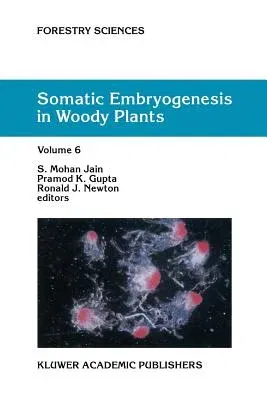The quality of human life has been maintained and enhanced for
generations by the use of trees and their products. In recent years,
ever rising human population growth has put a tremendous pressure on
trees and tree products; growing awareness of the potential of
previously unexploited tree resources; and environ- mental pollution
have both accelerated the development of new technologies for tree
propagation, breeding and improvement. Biotechnology of trees may be the
answer to solve the problems which can not be solved by conventional
breeding methods. The combination of biotechnology and conventional
methods such as plant propagation and breeding may be a novel approach
to improving and multiplying a large number of the trees and woody
plants. So far, plant tissue culture technology has largely been
exploited by commercial companies in propagation of ornamentals,
especially foliage house plants. Gene- rally, tissue culture of woody
plants has been recalcitrant. However, limited success has been achieved
in tissue culture of angiosperm and gymnosperm woody plants. A number of
recent reports on somatic embryogenesis in woody plants such as Norway
spruce (Picea abies), Loblolly pine (Pinus taedb), Sandalwood (Santalum
album), Citrus, mango (Mangifera indica), etc., offer a ray of hope of:
a) inexpensive clonal propagation for large-scale production of plants
or "emblings" or somatic seedlings; b) protoplast work; c)
cryopreservation; d) genetic transformation; and e) synthetic or
artificial or manufactured seed production.


